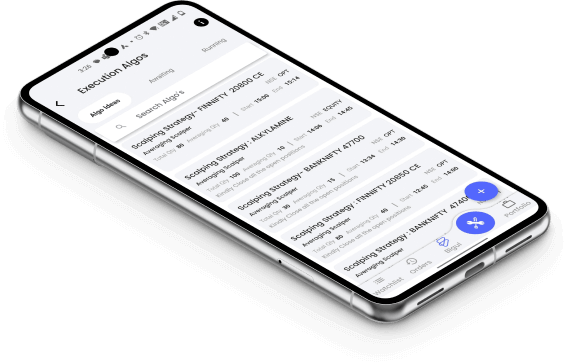Conclusion
Bonds are one of the main instruments for any diversified portfolio because of the regular income they provide, coupled with preserving capital and lower volatility than equities. They are ideal for risk-averse investors in search of stable returns and play a vital role in balancing portfolios containing more volatile assets.
However, this is not without risks, which include fluctuation in interest rates, inflation, and credit risk. Prudently chosen bonds, fitting your investing objectives and your tolerance for risk, can give stability to your portfolio and allow more predictable financial outcomes. Like any investment, deep research and strategic planning are the ways to leverage bonds effectively.
















